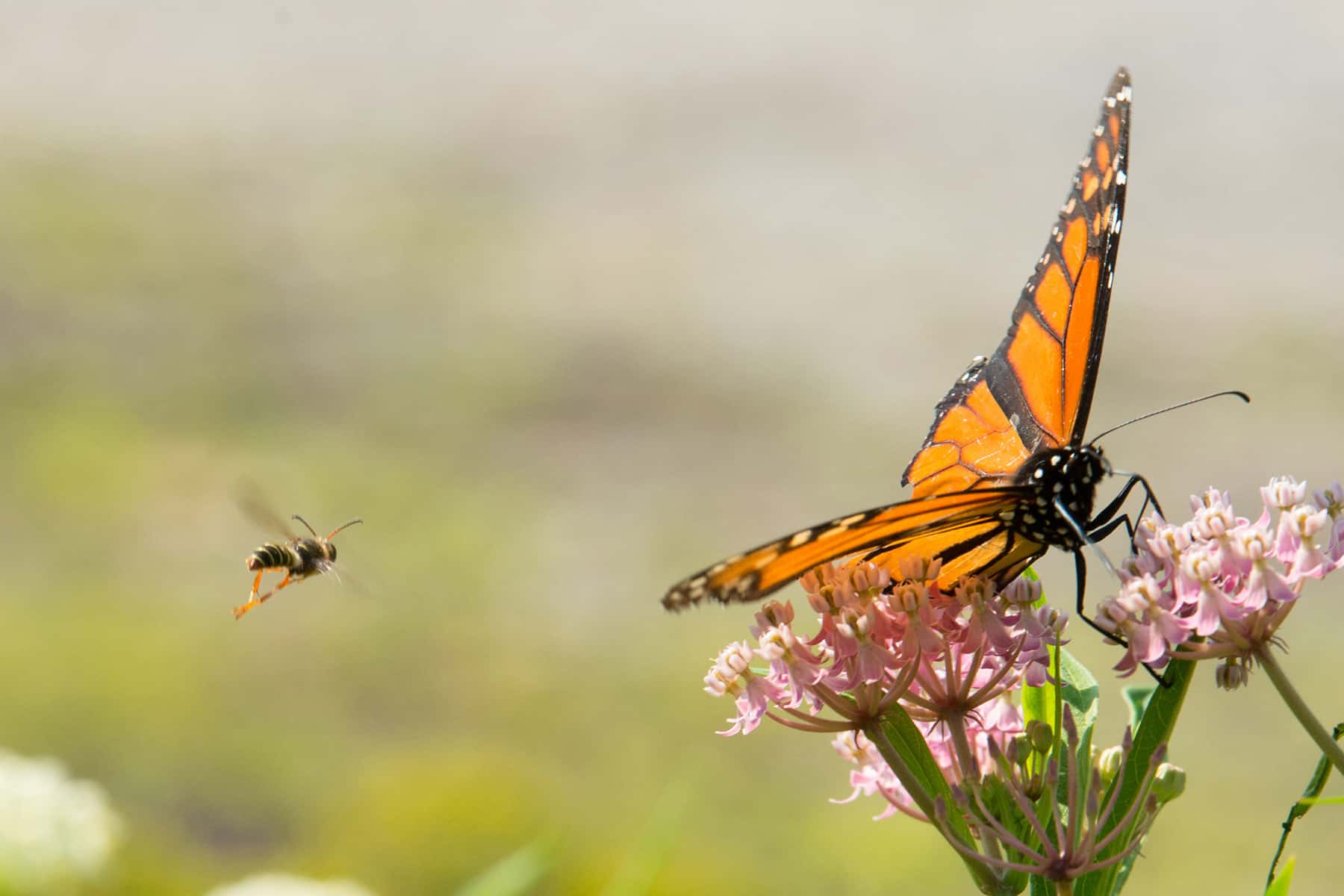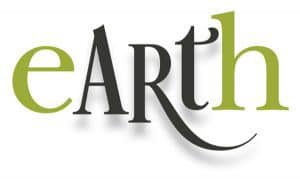What’s a pollinator?
A pollinator is an animal that moves pollen from the male anther of a flower to the female stigma of a flower. In other words, a pollinator is an animal (usually an insect or bird) that has the very important job of inducing plants to make seeds or fruit.
Why are pollinators important?
According to Pollinators, “Birds, bats, butterflies and other small animals are responsible for bringing us one of every three bits of food.” In fact, you can thank a bee, bird or insect for one third of your diet! “Somewhere between 75% and 95% of all flowering plants on earth need help with pollination.” Without pollinators, we wouldn’t have much food.
What animals are pollinators?
Bees, wasps, ants, flies, mosquitoes, butterflies, moths, birds, and bats are just a few of the over 200,000 species of pollinators. Out of that number, we think that butterflies, hummingbirds, and ladybugs top the list of creatures to attract. What’s not to love about these amazing pollinators?
How do we attract pollinators?
- Pollinators need a source of water, a place to rest, and plants full of nectar so they can eat.
- Cultivating native plants in a garden filled with colorful blooms that last the season will attract the animals and give them a belly full of nectar so they can do their job.
- Water features filled with rain water will safely provide a water source.
- Install bat and bird houses to provide shelter for your feathered friends. (Yes, bats are pollinators too!)
- Reduce the use of pesticides and use organic fertilizers to protect the pollinators.
What’s our favorite way to attract pollinators?
Flowers, of course! Browse and enjoy our butterfly garden to see the many types of plants that attract pollinators and enjoy the monarch butterflies as they stop to rest on their migration!
Make sure to stop by our butterfly garden when you’re at Calgo or make it a destination if you haven’t been.
You can find out more about pollinators at our upcoming “The Life of the Monarch” workshop.

